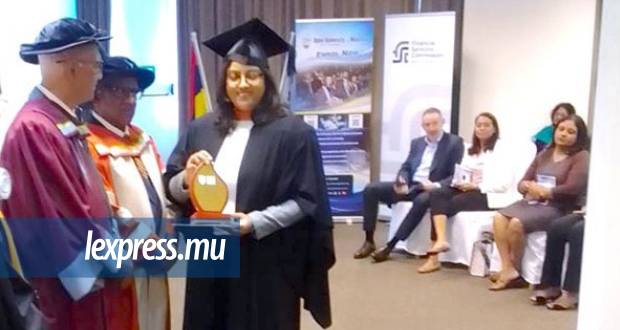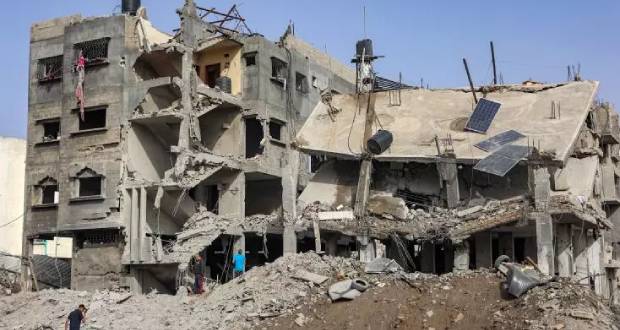Publicité
«Mauritius has one of the most threatened island flora in the world»
Par
Partager cet article
«Mauritius has one of the most threatened island flora in the world»

● What is the MWF?
The Mauritian Wildlife Foundation (MWF) is an NGO that has been working to save endangered fauna and flora for more than a decade in partnership with the Mauritian government and an international network. It has played a major role in monitoring and research programs as well as implementing species conservation management and restoration projects. The recovery of the kestrel, Pink pigeon and Echo parakeet has put Mauritius on the world conservation map.
● What makes the biodiversity special in Mauritius?
Mauritius has developed a high degree of biodiversity endemic due to its age, isolation and volcanic origins. The high level of endemic and species diversity per unit area has resulted in the Mascarenes being identified as a Centre of Plant Diversity by the World Conservation Union (IUCN). This unique biodiversity has been devastated by human actions and the many species introduced since the first settlement about 400 years ago. Much of the remainder is internationally recognised as threatened and vulnerable. Mauritius has been ranked by the IUCN as having the third most endangered terrestrial flora in the world.
● Which species are most threatened?
With 94% of its endemic flora considered threatened, Mauritius has one of the most threatened island flora in the world: 77 of its indigenous species are already classified as extinct; 155 of its flowering plant species are listed as critically endangered. A further 93 species are endangered and 241 are classified as vulnerable. Birds such as the Mauritius fody, the Olive white-eye, the kestrel, Pink pigeon, and the plants such as Bois corail, Bois dentelle are among the most endangered species in the world.
Most Mauritians have heard about endangered tigers, but they don?t know that some Mauritian bird species are up to ten times more endangered. The total area of remaining forest cover on the mainland of Mauritius is currently estimated at only 47,672 hectares. The area of reasonable quality native forest covers approximately 26,000 hectares, less than 1.4% of the island.
Saving animals is a difficult task and that is why so many extinctions occur. Though challenging, saving plants is easier. Yet endemic plants continue to disappear at an alarming rate. We can?t accept to lose any more biodiversity. And even though MWF has been able to get bird numbers up we also have to save indigenous habitat meaning the forests to sustain and increase the biodiversity.
● Why is it important to protect our biodiversity?
Mauritius is famous for the extinction of the dodo. This emblem is not necessarily positive. It represents a history of extinction of biodiversity. Many other species has gone extinct in Mauritius such as the Red Rail and the Blue Parrot, not to mention many plant species. Is this something we want to promote? One of the species that has been saved should become the emblem of Mauritius!
As our scientific director Dr. Carl Jones rightly says, Mauritius has one of the most successful species recovery programs in the world. More bird species have been saved from extinction here than in any other country in the world, namely the Mauritius kestrel, the Rodrigues warbler, the Rodrigues fody, the Pink pigeon and the Mauritius parakeet. It is likely that they would?ve gone extinct between 1994 and 2004 if conservation action hadn?t taken place. The recovery of the Mauritus kestrel is one of the most spectacular in the world!
In 2007, when IUCN published their report there was bad news. An unprecedented number of species got downgraded to critically endangered. The only positive came from Mauritius. The only species that was upgraded from critically endangered to endangered was the Echo parakeet.
This news went around the world. The only country that did not talk about it was Mauritius! This shows the lack of interest here. All Mauritians should be proud of it. The country?s biodiversity is a real asset and I am still surprised of how little the tourist sector uses it. Besides île aux Aigrettes, Ferney and a few other places, eco-tourism is non-existent. Why don?t we start capitalise on our unique flora and fauna? We don?t have many natural resources but one do we have is our biodiversity.
● What hinders the protection of biodiversity in Mauritius?
One significant way to mitigate climate change is to protect and restore forests and biodiversity. Burning and clearing forests contributes over one-fifth of total global greenhouse gas emissions ? more than the emissions of all of the world?s cars, trucks, trains, and planes combined. Key threats to terrestrial biodiversity include: the uncontrolled spread of invasive alien species, the clearing of forests for productive uses and poor regeneration of native forests; limited area under protection and inadequate conservation management of native ecosystems, invasive alien species, lack of training, incomplete inventories, habitat fragmentation, limited inter-institutional communication and collaboration, limited research, and limited awareness of the population at large.
● What can be done to solve these problems?
It is recognised that lack of awareness and education is one of the main limiting factors to safeguard biodiversity. The majority of Mauritians don?t know about the country?s biodiversity. For example, there are only nine endemic birds left in Mauritius. How many Mauritians are able to name these birds? MWF has worked with the government since the beginning, but our relationship with the private sector has until the past three years been weak. Corporate Social Responsibility is an important tool. Besides being an important source of funding, it can create awareness at several levels.
● How pressing is the need for more conservation areas?
Some areas have been converted to national parks and nature reserves in the case of State land, or other weaker levels of protection in the instance of private land. However, some areas of reasonable quality native forest, particularly on private lands, remain largely unprotected and most of these areas are under the threat of invasive species. By setting up a representative network of protected areas and an effective management regime, the remaining native vegetation communities of Mauritius might have a chance of survival. Plans for such a project will be drawn up this year with the support of the UNDP.
Publicité
Les plus récents






